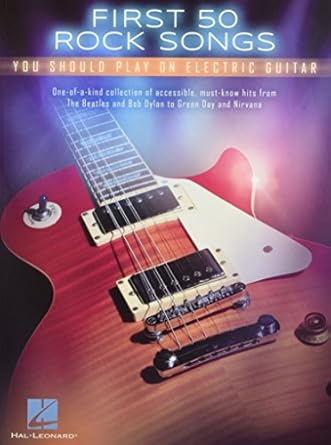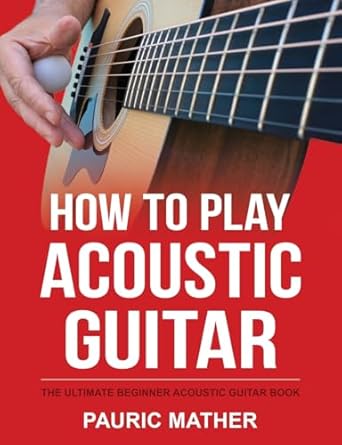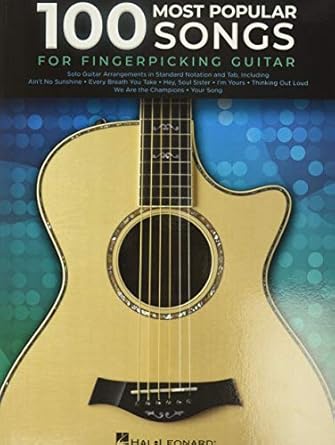Learning to play guitar songs on your own can be a highly rewarding experience. Whether you are a beginner or an intermediate player, teaching yourself to play guitar songs allows you to practice at your own pace and choose songs that inspire you. This guide will help you understand the basic steps to teach yourself guitar songs, even without formal lessons.

1. Start with Easy Songs
One of the best ways to build confidence as a beginner is to start with easy songs that have simple chord progressions. Many popular songs consist of just three or four basic chords, such as G, C, D, and Em. These songs are perfect for beginner guitarists to learn and practice strumming, transitioning between chords, and timing.
Examples of Easy Songs to Start With:
- “Horse with No Name” by America (two chords: Em and D6add9/F#)
- “Love Me Do” by The Beatles (G, C, and D)
- “Three Little Birds” by Bob Marley (A, D, and E)
By starting with songs like these, you’ll develop muscle memory for common chords, making it easier to progress to more challenging songs later.
2. Use Online Resources
The internet is full of valuable resources for self-taught guitarists. From free YouTube tutorials to online chord libraries, you’ll find plenty of support as you learn new songs. Websites like Ultimate Guitar and Chordify provide guitar tabs and chord progressions for thousands of songs, making it easy to find the music you want to learn.
Recommended Online Tools:
- Ultimate Guitar: A huge collection of guitar tabs and chord charts for a variety of songs. It’s a great resource for finding accurate transcriptions.
- JustinGuitar: A free guitar tutorial site with structured lessons and song tutorials for beginners.
- YouTube: Video tutorials can guide you step-by-step through songs with visuals that demonstrate chord fingerings and strumming patterns.
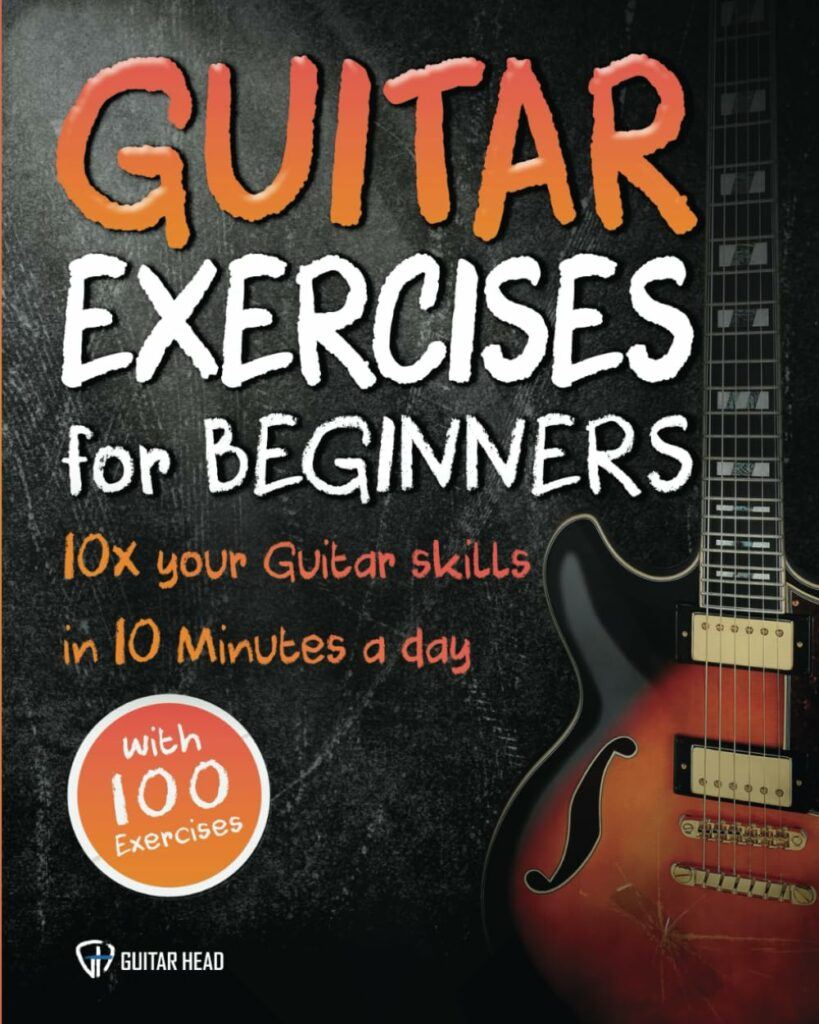
3. Break Down the Song Into Sections
When teaching yourself a song, break it down into manageable parts. Focus on one section at a time, such as the intro, verses, or chorus. This helps you avoid feeling overwhelmed and allows you to master each part before putting the entire song together.
Steps to Break Down a Song:
- Listen to the Song: Get familiar with the structure and sound.
- Learn the Chords: Write down or memorize the chords needed for each section.
- Practice Transitions: Spend extra time working on smooth chord transitions.
- Work on Timing: Focus on getting the strumming pattern and timing right.
4. Focus on Strumming Patterns
A key component of learning guitar songs is mastering the strumming pattern. Many songs use common patterns, and getting the strumming right can make a huge difference in how well the song sounds. If you’re unsure of the exact strumming pattern for a song, listen carefully and try to match it.
Basic Strumming Patterns:
- Down-Up-Down-Up: A simple alternating strum.
- Down-Down-Up: A common strum pattern for folk or pop songs.
- Down-Up-Up-Down: This pattern adds a little rhythm variation.
By practicing strumming separately from chord changes, you can focus on your rhythm before integrating the chords into the song.
5. Practice Playing Along with the Song
One of the best ways to improve is by playing along with the song itself. Once you’re comfortable with the chord progressions and strumming patterns, play the song while listening to it. This will help you keep time, improve your transitions, and work on playing the song fluidly.
Tips for Playing Along:
- Slow It Down: If the song is too fast, use a slower version or play along at a slower tempo. Many YouTube videos and music apps allow you to adjust the playback speed.
- Play with a Metronome: A metronome can help you stay on beat, especially for songs with precise timing.
6. Work on Fingerpicking
If you want to take your playing to the next level, consider learning fingerpicking techniques. Fingerpicking can give a song a more dynamic and intricate sound, and many guitarists love using it for ballads, folk songs, and classical pieces. You can find tutorials that teach fingerpicking patterns for popular songs online.
Basic Fingerpicking Pattern:
- PIMA Pattern: Use your thumb (P) for the bass notes, index (I) for the third string, middle (M) for the second string, and ring finger (A) for the first string. This creates a smooth, rolling pattern.
7. Record Yourself Playing
Recording yourself playing a song can give you valuable insight into your progress. You’ll be able to hear areas where you might need improvement, such as timing or chord transitions, and also appreciate how far you’ve come. Many smartphones have recording apps that you can use to easily capture your playing.
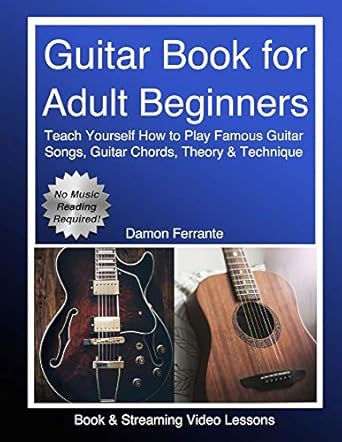
8. Be Patient and Consistent
Teaching yourself to play guitar songs requires patience and consistency. It can take time to get your fingers used to the strings and to learn how to switch between chords quickly. Don’t get discouraged if it takes longer than expected—every guitarist progresses at their own pace.
Tips for Consistency:
- Practice Regularly: Aim to practice daily, even if it’s just for 10-15 minutes.
- Set Small Goals: Focus on learning one song or section at a time.
- Celebrate Progress: Acknowledge each small victory, such as mastering a difficult chord or completing a song.
9. Conclusion: Start Your Journey with Songs You Love
One of the greatest benefits of teaching yourself guitar is that you get to learn songs you enjoy. Choose songs that excite you, and you’ll be more motivated to practice. By following the tips in this guide—starting with easy songs, using online resources, and practicing consistently—you’ll find that you can teach yourself to play your favorite guitar songs with confidence and enjoyment.

